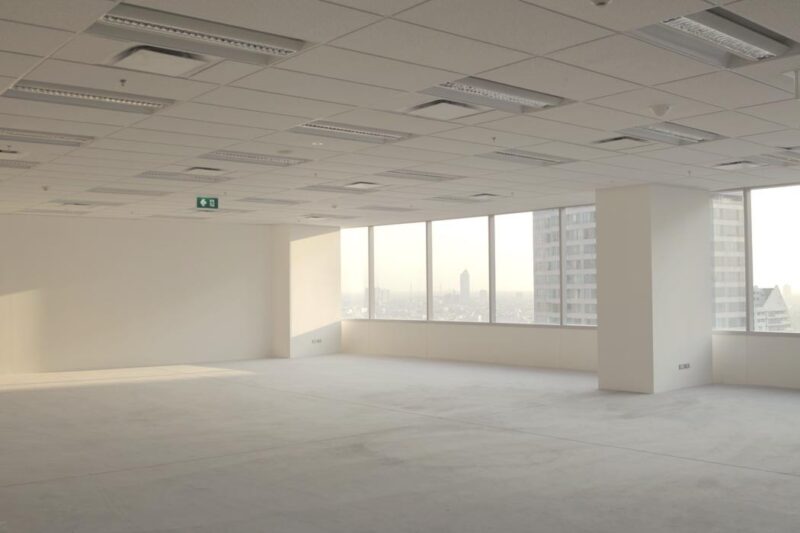Modern offices aren’t just about desks and deadlines anymore. Today, they need to support creativity, collaboration, privacy, tech integration, and acoustic balance, all while looking sharp. And behind many of those goals, quietly doing the heavy lifting, is the drywall system.
It’s easy to think drywall is just, well, walls. But in office design, it’s more like infrastructure for everything from brand identity to productivity.
Advanced drywall systems, those that go beyond the standard gypsum board and joint compound, play a huge role in shaping the office experience from the inside out.
Let’s take a real look at how and why smarter drywall choices are changing what workspaces can do.
Offices Have Changed, So Should the Walls
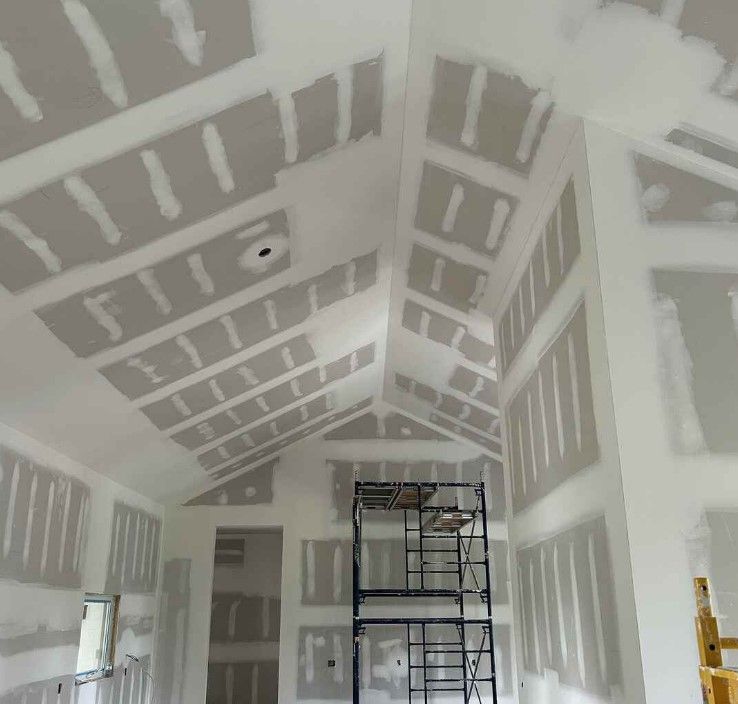
The cubicle farms of the ‘90s gave way to open plans. Then came coworking hubs, remote-first teams, hybrid schedules, and Zoom rooms. The point is, the office isn’t static. And neither is the physical framework around it.
Advanced drywall systems meet those changes head-on. We’re talking about modularity, performance layers, and better integration with mechanical, electrical, and HVAC systems. Drywall isn’t just a background element anymore—it’s a design tool.
So what actually makes a drywall system “advanced”? A few key things:
- Multi-functionality: Fire resistance, acoustic dampening, moisture control, and even air purification in some models
- Customization: Flexible layouts, curved profiles, and finish-ready surfaces that speed up installation and improve appearance
- Performance upgrades: Enhanced durability, reduced sound transmission, and improved sustainability
For businesses updating their space to match today’s hybrid workflows, Grey County Drywall brings modern drywall systems that make those changes easier to implement.
Acoustic Performance
Offices are loud. Not factory-floor loud, but distracting enough to tank focus and raise stress levels. Conversations carry. Footsteps echo. HVAC units hum. And once you add video calls, everything multiplies.
That’s where advanced drywall systems shine, especially those designed with acoustics in mind.
Sound-Rated Assemblies
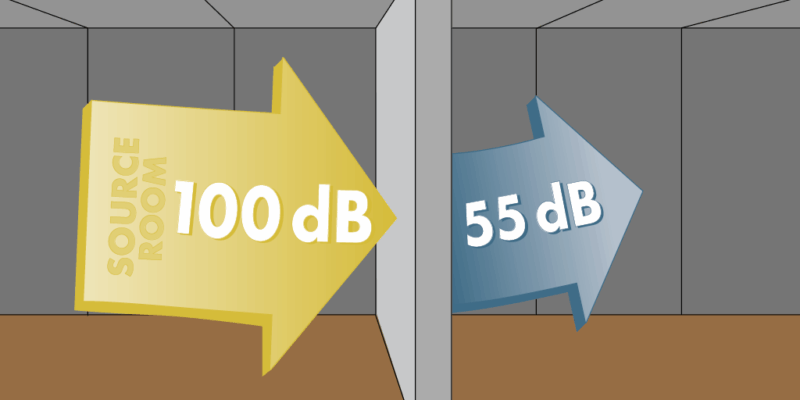
Instead of relying on furniture or ceiling tiles to fix noise issues, designers are leaning into wall systems with high STC (Sound Transmission Class) ratings.
A standard interior wall might clock in around STC 35–45. But with the right combination of boards, insulation, and resilient channels, you can hit STC 60+. That’s a night-and-day difference.
Where It Makes the Biggest Impact
- Private offices and HR suites: Protecting confidentiality
- Meeting rooms and Zoom pods: Reducing echo and audio bleed
- Breakout areas: Letting teams brainstorm without disrupting others
Acoustic drywall systems often combine denser cores, laminated layers, or viscoelastic polymers to absorb and dampen sound—not just block it.
Fire Safety That Doesn’t Look Industrial
Every commercial space has to meet fire codes. But there’s a world of difference between meeting code and actually optimizing for safety without sacrificing aesthetics.
Fire-Rated Drywall Options
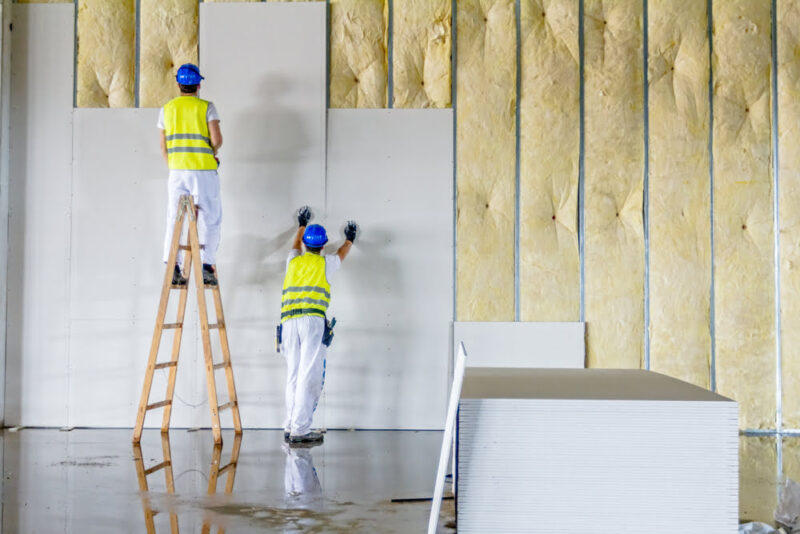
Advanced drywall systems offer layers of fire resistance—literally. Type X boards, which include glass fibers in the gypsum core, are standard for one-hour fire ratings. Type C takes it further with better shrink-resistance and longer structural integrity under heat.
But now, manufacturers are offering integrated wall systems where fire-rated boards, steel framing, and joint treatment are engineered to work together, saving labor and reducing guesswork. These systems often come pre-tested for UL certifications, which helps during inspections.
And because they’re smoother and easier to finish, you’re not stuck with that gritty, utilitarian look. You can get a wall that performs under pressure and fits the design spec.
Moisture and Mold Resistance for Healthier Spaces
Mold isn’t just gross. It’s a legal and health hazard. That’s why moisture-resistant drywall is showing up in more than just bathrooms and basements.
In modern office buildings, especially in humid climates or areas with frequent HVAC fluctuations – mould-resistant drywall is peace of mind.
Features to Look For
- Fiberglass mats instead of paper facing: No food source for mold
- Core additives that resist moisture wicking
- Improved air permeability to reduce condensation risk
These are especially helpful in:
- Wellness rooms or mother’s rooms
- Copy or printer rooms (where equipment radiates heat)
- Entry lobbies or spaces near exterior glass walls
Some drywall systems are even rated for semi-exterior conditions—perfect for tech campuses with indoor-outdoor fluidity.
Faster Builds and Cleaner Finishes
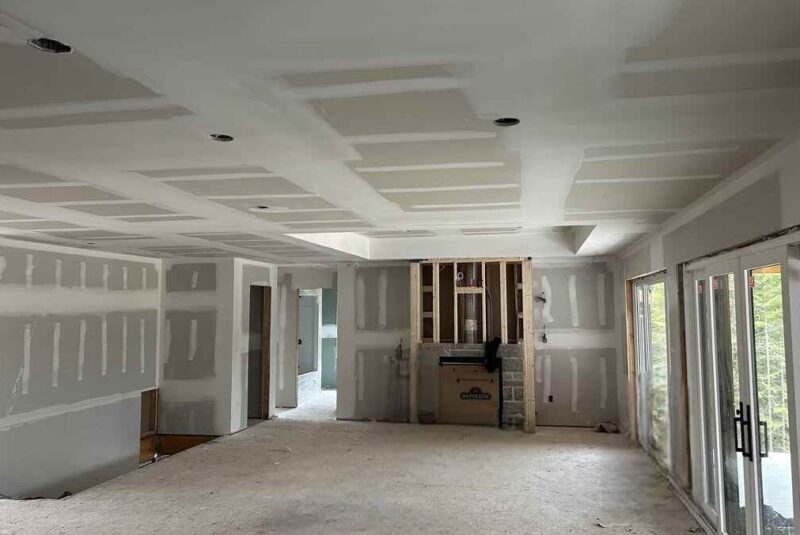
Time is money, and nowhere is that more true than in commercial construction. Every extra day of drywall mudding, sanding, and priming slows down furniture installation, IT setup, and ultimately move-in day.
Pre-Finished and Modular Drywall Systems
Pre-finished panels aren’t new, but they’ve gotten a serious upgrade. Now you can get:
- Seamless, ready-to-paint finishes straight out of the box
- Modular wall sections with hidden joint systems
- Pre-cut access panels for wiring and tech infrastructure
Some systems even integrate flush door frames, trimless corners, or recessed reveals for that sleek, architectural look.
And because they’re modular, walls can be removed or rearranged without heavy demolition—perfect for companies that anticipate growth or layout shifts every few years.
Better Integration with Tech and MEP Systems
One of the underrated challenges in office design is making sure that lighting, fire alarms, electrical outlets, and HVAC systems all fit neatly into the wall plan.
Advanced drywall systems are increasingly designed with MEP (mechanical, electrical, plumbing) coordination in mind.
Examples in Practice
- Drywall systems with factory-punched holes for conduits
- Pre-installed backing for monitors, interactive displays, or whiteboards
- Chase walls that allow cable runs without notching studs
- Acoustic drywall panels that still allow for ventilation grills
That kind of precision isn’t just for show. It reduces site errors, speeds up punch lists, and gives the space a more polished feel—like everything was planned, not patched together.
Sustainability Is Built In
It’s no longer optional for offices to “think green.” Between LEED certification, ESG goals, and pressure from clients and investors, sustainability is built into most commercial projects from the start.
Drywall isn’t usually the star of that conversation—but maybe it should be.
Features That Matter
| Feature | Benefit |
| Recycled content (up to 99%) | Reduces raw material usage |
| Low-VOC finishing products | Improves indoor air quality |
| Lightweight boards | Reduce shipping emissions and labor fatigue |
| Closed-loop manufacturing | Minimizes landfill waste |
Some drywall systems are now certified under Cradle to Cradle, Declare, or Greenguard Gold—meaning they’re safe, recyclable, and contribute to cleaner environments.
It’s About Flexibility, Not Just Function
Ultimately, the biggest advantage of modern drywall systems in office spaces is flexibility.
Design teams don’t want to be boxed in by old limitations. They want to sculpt interiors that feel smart, clean, tailored, and drywall needs to keep up.
Advanced systems support that with:
- Curved wall assemblies: For hospitality-inspired lobbies or break rooms
- Integrated lighting channels: No more awkward fixture mounts
- Movable partition systems: For teams that shift structure seasonally
And for clients who lease space in commercial buildings, having a drywall system that can be installed fast and removed cleanly is a big value-add.
Final Thoughts
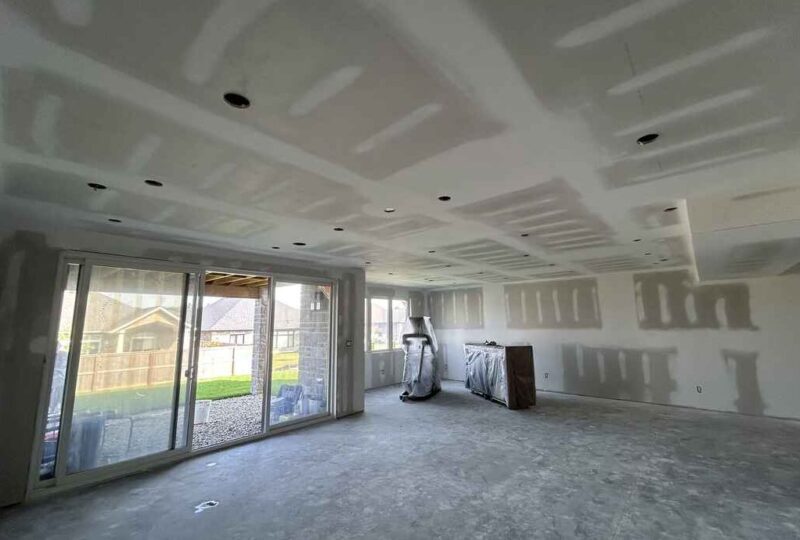
When most people think about what makes an office “modern,” they picture furniture, open plans, and Wi-Fi. But behind all of that, it’s the bones—the walls—that shape how it functions.
Choosing an advanced drywall system isn’t about luxury or overengineering. It’s about giving your office space the chance to perform: quietly, safely, beautifully, and flexibly.
Whether you’re designing a law firm or a creative agency, a government office or a startup hub, the walls matter. And when they’re designed to do more than just stand, the whole space gets smarter.
So if you’re planning a build or renovation, talk to your contractor early. Ask what systems they’re using, what acoustic rating they expect, how fast installation will go. The right questions can save you time, money, and a whole lot of headaches down the line.

